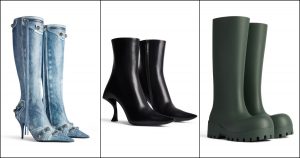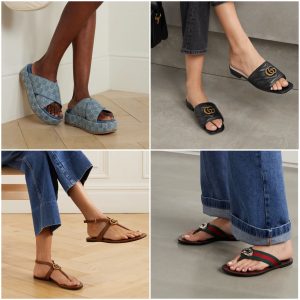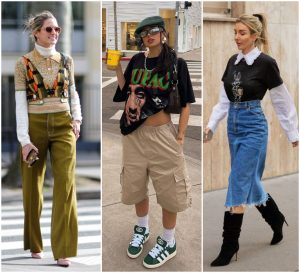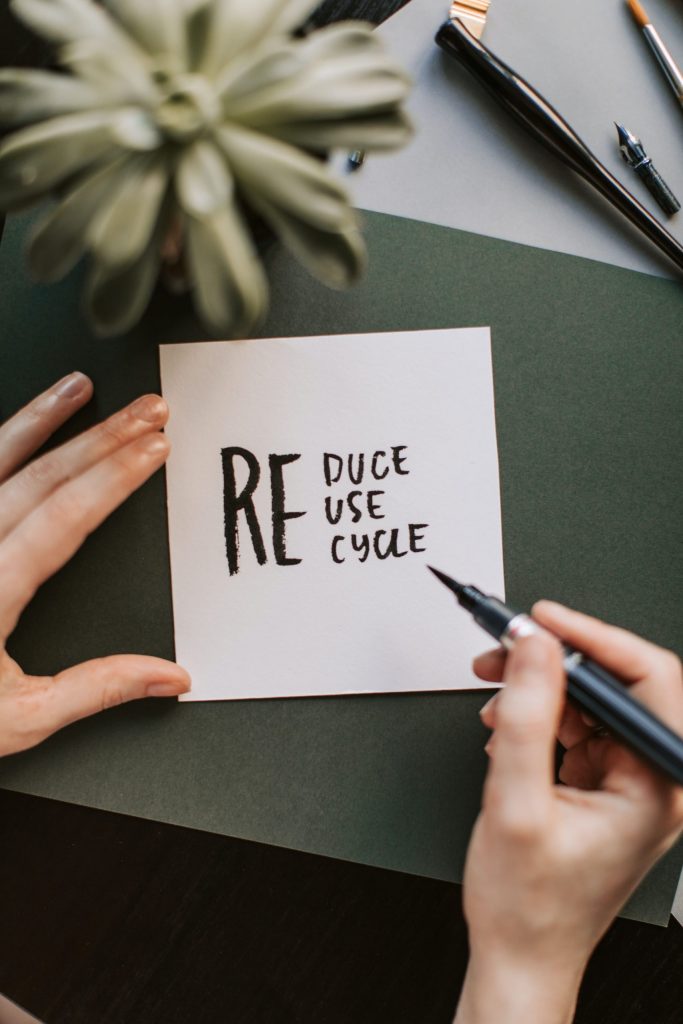
When it comes to textiles, there’s nothing that cannot be recycled or upcycled. Previously, natural sources contributed to the inputs required to make textiles or garment fabrics. Textile wastes back then were bio-degradable due to their usage of cotton, bamboo, jute, linen, etc., and posed no threat to the environment. Profit motive and the need for cheaper inputs gave rise to synthetic non-biodegradable substitutes such as polyester, nylon, acrylic, toxic dyes, etc.
Segregating clothes that are not bio-degradable from a landfill is almost impossible and would require more investment than what the waste is worth. The situation calls for mass recycling or upcycling of clothes that we do not use anymore. That’s the only way we can at least reduce the impact of environmental degradation caused by our existence.
Many people are too possessive with their clothes, and despite not wearing them for ages, they cannot make up their minds to donate the garments. Having an emotional attachment or significance for a few clothes is understandable, but not the whole wardrobe volume of clothes that are out of use. Donations can put up a smile on someone who is underprivileged, making us learn gratefulness and gratitude towards life.
The term is self-explanatory, and many of us repurpose stuff in our day-to-day lives without releasing we are repurposing them. It simply means to use clothes or textiles for a different purpose than what it is supposed to do when it serves no good. For example, you can use your t-shirts to make pillow covers and micro-fiber fabric garments as a cleaning mop due to their ability to clench microparticles, etc.

If you feel people might exploit your kindness for monetary gain by misusing the donated clothes, why not charge a price for it? It is a common problem, and the only way to tackle it is by donating to the genuinely needy (but there’s no way one can know who is needy) or selling them with a price tag to whoever is interested. In that way, you would not require to question your conscience on the genuineness of the recipient and earn a buck as well.
Natural components are bio-degradable, and you can use them to make compost. These bio-degradable textiles or fabrics break down by themselves. It takes significant time to compost without any intervention, whereas our intervention can reduce the time substantially. Take the non-biodegradable components like plastic and metal out and layer everything you need to compost. Keep the mixture moist by watering and incorporate oxygen by turning it subsequently.
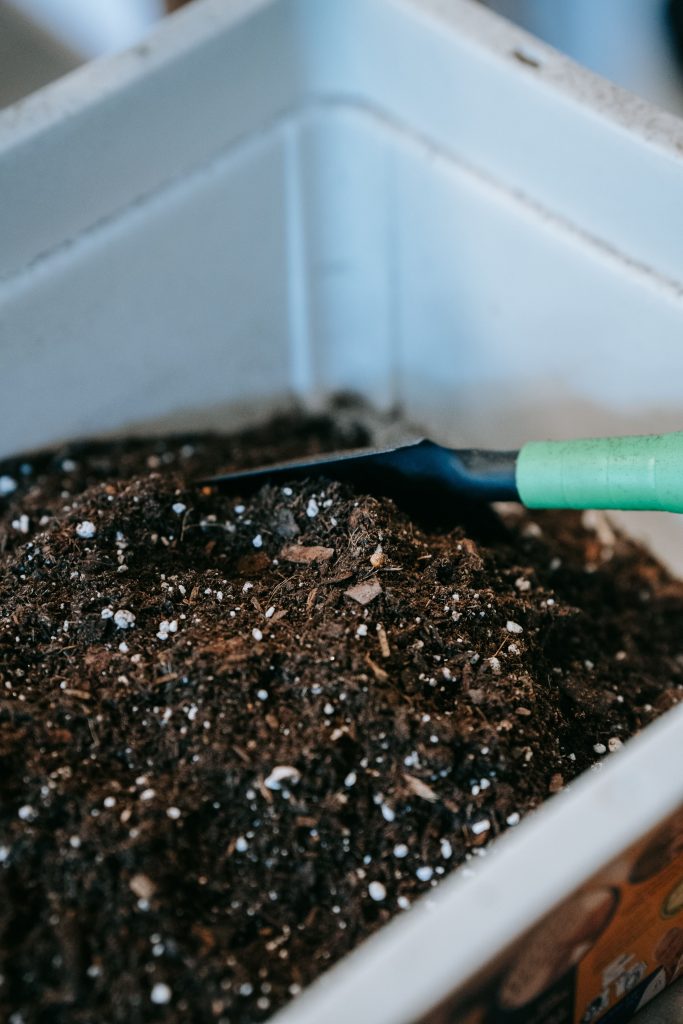
It means you can re-model or recover the state of no-purpose garments and make them valuable. If you have a white t-shirt or shirt you do not wear anymore due to its fit, dye them or put a design of your choice and sell it to someone. You might underestimate the potential of upcycling, but some people are making a fortune by selling upcycled clothes. And if you are short on time to do it yourself, partner with someone and share the gains.
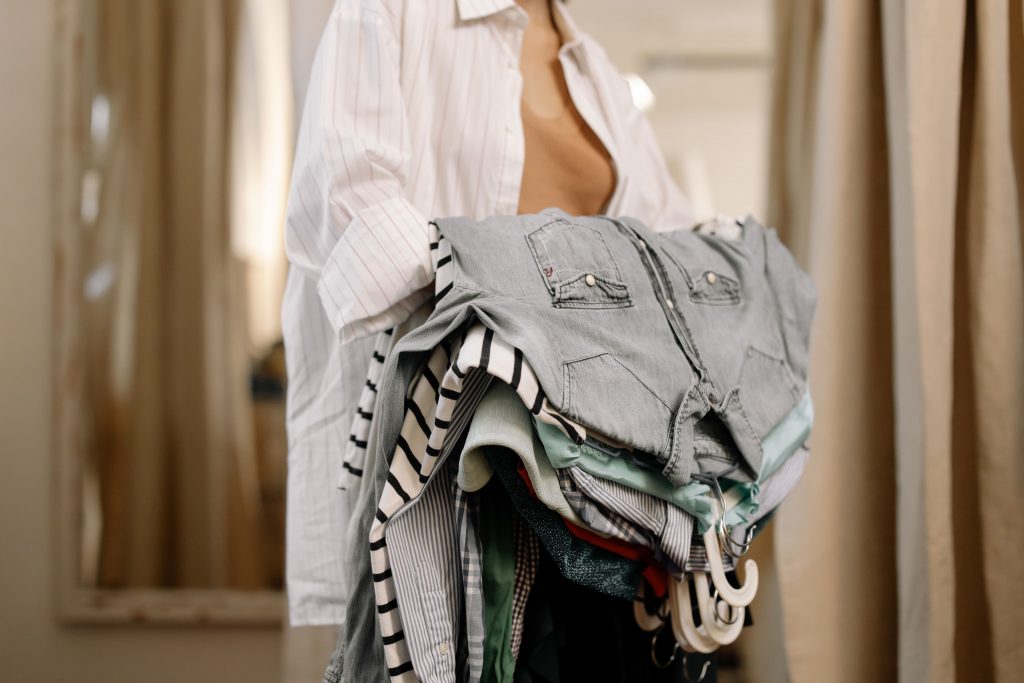
If the above points are unfavorable, you might sell your used clothes to the nearest recycler. The cache is that you have to sell in bulk and get paid for the weight of the clothes you are selling. The probability of getting a reasonable sum in return for your used clothes is significantly less. Alternatively, the organization can give you hefty discounts when you buy their finished products, although recycled products are very pricey.
Q. There are multiple ways to recycle bio-degradable textiles, but what about non-biodegradable ones?
A. If there is no way left for you to recycle non-biodegradable textiles, then the only way is by giving them to recycling organizations. They turn the non-biodegradables into shoes, furniture, and new fabric or even extract valuable products from them and resell the residue to the organizations that need it. Nothing goes to waste, or at least it tends to be nothing.

Q. Is burning the used clothes helpful?
A. Absolutely no! The renowned luxury apparel brands allegedly burn several tonnes of textile waste each year to keep their product prices exorbitant due to scarcity. It is very harmful to the environment and increases carbon dioxide emissions which is responsible for global warming.

























































